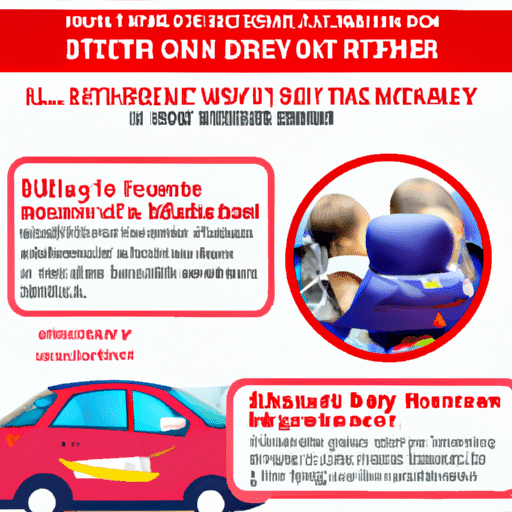Flying with a baby car seat can be a bit daunting, but fear not, because we’ve got you covered! In this article, we’ll provide you with essential tips and tricks on how to navigate the sometimes overwhelming process of flying with a baby car seat. From checking in your car seat to ensuring a safe and comfortable journey for your little one, we’ll guide you every step of the way. So, let’s buckle up and get ready to take off on a stress-free adventure with your baby!
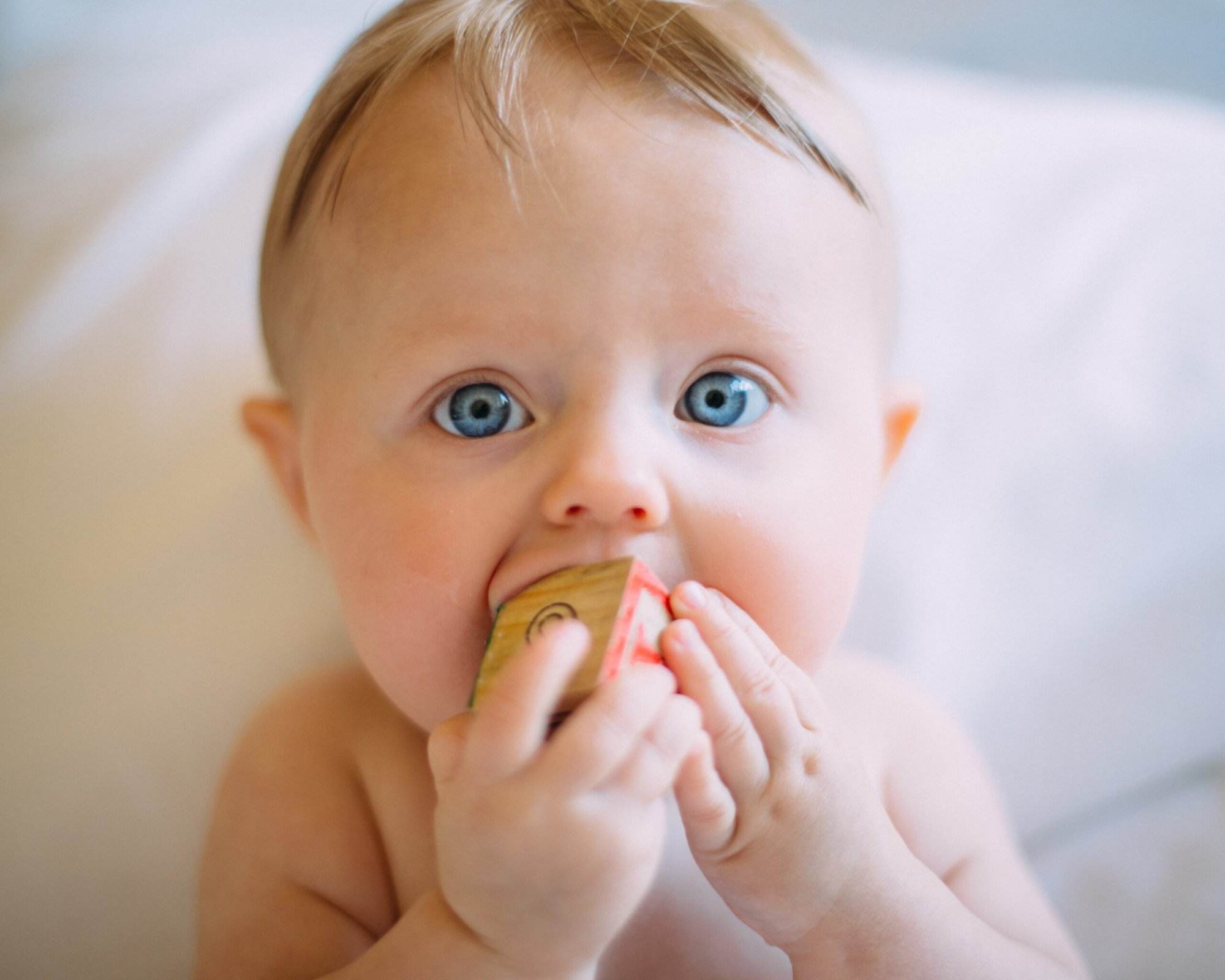
Choosing the Right Baby Car Seat
Consider Your Baby’s Age and Size
When it comes to choosing the right baby car seat, the first thing you need to consider is your baby’s age and size. Different car seats cater to different age groups and weights, so it’s important to pick one that is appropriate for your little one. For infants and younger babies, rear-facing car seats are typically recommended, as they provide better support for their developing neck muscles. As your baby grows older and gains more head control, you can consider transitioning to a forward-facing car seat.
Check for FAA Approval
If you plan on using the car seat during your flight, it’s crucial to check if it is approved by the Federal Aviation Administration (FAA). Not all car seats are FAA-approved, so be sure to look for the label or sticker that confirms its compliance with FAA regulations. This approval ensures that the car seat has undergone rigorous testing and meets the necessary safety standards for use on an aircraft.
Decide on a Rear-Facing or Forward-Facing Seat
Before you embark on your journey, decide whether you will be using a rear-facing or forward-facing car seat on the plane. Rear-facing seats are the safest option for infants and young babies, as they provide optimal protection in the event of turbulence or an emergency landing. However, if your child has already outgrown their rear-facing seat, a forward-facing seat would be the appropriate choice. Consider your baby’s age, weight, and current car seat to make an informed decision.
Checking Airline Policies
Research the Airline’s Regulations
Every airline has its own set of regulations when it comes to flying with a car seat. It’s essential to research and familiarize yourself with the specific policies of the airline you will be traveling with. Some airlines may have restrictions on certain types of car seats or require additional documentation. By understanding these policies in advance, you can avoid any last-minute surprises or complications at the airport.
Determine If the Seat Will Be Charged
Another important factor to consider is whether the airline will charge you for bringing a car seat onboard. While some airlines allow car seats to be brought as part of your free baggage allowance, others may consider it as an additional checked item or charge an extra fee. Ensure you are aware of the airline’s policy regarding car seats to avoid any unexpected charges or difficulties during check-in.
Know the Dimensions and Weight Limit
Each airline typically has specific dimensions and weight limits for car seats used during flights. These limits are in place to ensure the car seat can fit properly and be safely secured. Before you head to the airport, measure your car seat and ensure it falls within the airline’s guidelines. Additionally, it’s important to consider the weight of the car seat, as you may need to carry it through the airport or stow it in the overhead compartment.
Preparing the Car Seat for Travel
Clean and Inspect the Car Seat
Before you embark on your journey, it’s always a good idea to clean and inspect your car seat. Babies can be messy, and car seats can accumulate dirt and crumbs over time. Give the seat a thorough cleaning, following the manufacturer’s instructions. Check for any structural damage or loose parts and ensure that the harness straps are in good condition. This will help ensure both the cleanliness and safety of the car seat throughout your trip.
Secure Loose Parts
To prevent any accidents or damage during transit, make sure to secure any loose parts of the car seat. This includes removing any removable cup holders or accessories that could easily come off during handling. If there are any loose straps or buckles, ensure they are properly fastened to avoid tangling or potential harm to your baby. Taking a few extra minutes to secure loose parts will give you peace of mind during your journey.
Foldable vs. Non-foldable Car Seats
When considering the type of car seat to use during your journey, it’s worth thinking about whether you should opt for a foldable or non-foldable option. Foldable car seats offer convenience when traveling since they can be compactly folded and easily stored in the overhead compartment. Non-foldable car seats, on the other hand, may be bulkier but often provide better support and comfort for your baby. Choose the type that suits your travel needs, but always keep in mind the dimensions and weight restrictions imposed by the airline.
Booking and Preparing for the Flight
Book a Seat for Your Baby
If you plan to use a car seat on the plane, it’s important to book a seat for your baby. Most airlines require children over the age of two to have their own seat, but it’s highly recommended for infants and younger children as well. Having a dedicated seat for your baby not only provides them with a familiar space but also ensures their safety during the flight. Check the airline’s policy on booking seats for infants and secure one in advance to guarantee your child’s comfort and security.
Notify the Airline About the Car Seat
To avoid any confusion or complications at the airport, it’s crucial to notify the airline in advance that you will be bringing a car seat. This allows them to make the necessary arrangements and provide you with the appropriate information. Most airlines have specific procedures for traveling with a car seat, so it’s always a good idea to check with them beforehand and ensure compliance with their requirements. By notifying the airline ahead of time, you can streamline the check-in process and make your journey smoother.
Arrive Early at the Airport
When traveling with a baby car seat, it’s important to allow extra time for check-in and security procedures. Arriving at the airport early gives you ample time to navigate through any unexpected delays or long queues. Additionally, it allows you to install the car seat properly on the plane, ensure your baby is comfortable, and make any necessary adjustments. Remember that traveling with a baby requires extra patience and time, so plan accordingly to minimize stress and enjoy a hassle-free experience.
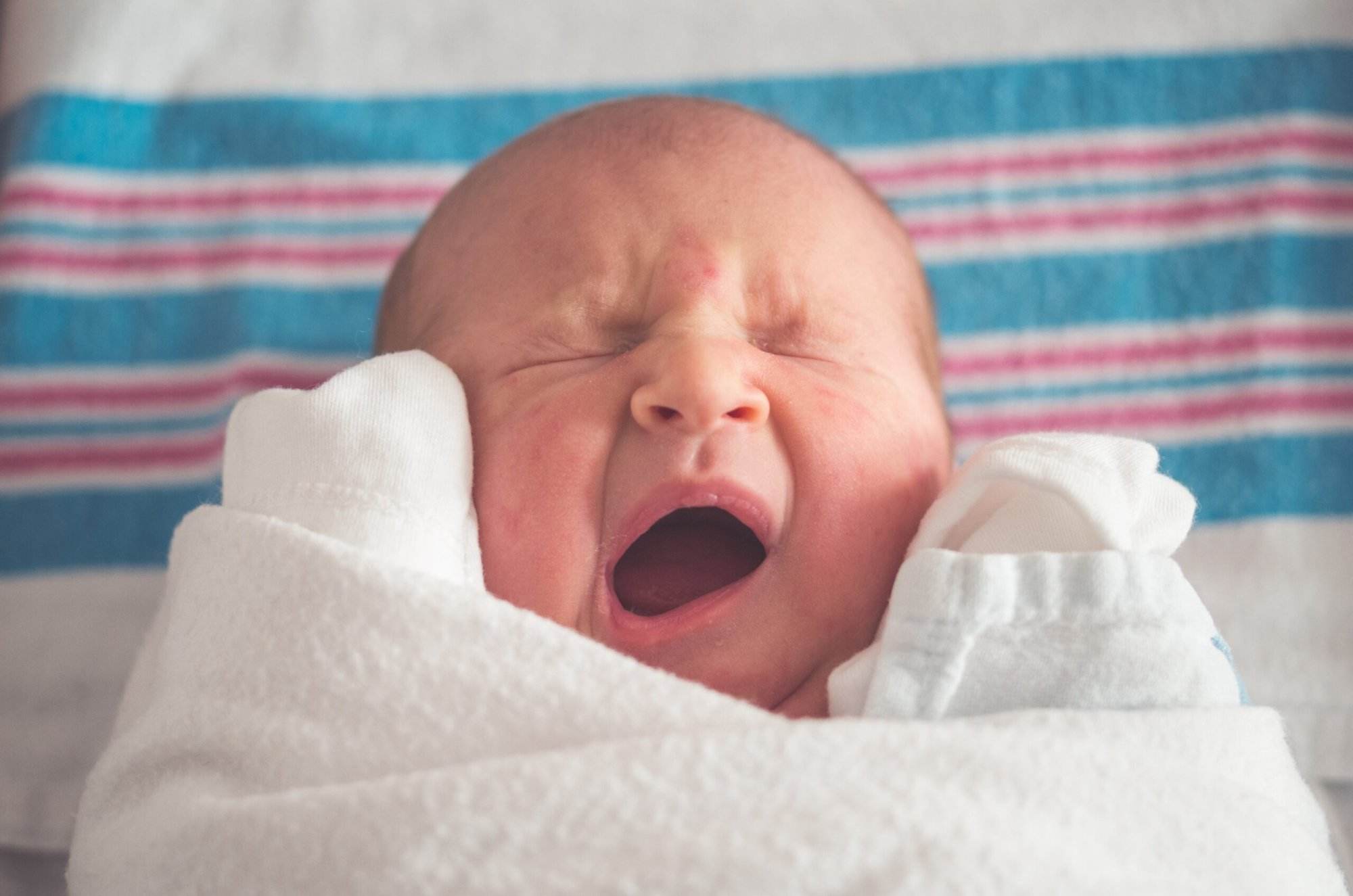
Protecting the Car Seat during Transit
Use a Car Seat Travel Bag or Case
Investing in a car seat travel bag or case is an excellent way to protect your car seat during transit. These specially designed bags provide added padding and security, preventing any scratches, dents, or dirt from accumulating on your car seat. Look for a bag that is durable and fits your car seat snugly. Some bags even come with wheels for easier maneuverability. Using a travel bag or case will ensure that your car seat arrives at your destination in the same condition as when you left.
Add Extra Padding for Protection
In addition to using a travel bag or case, you may also consider adding extra padding to your car seat for added protection. This can be particularly useful if you anticipate rough handling or if your car seat is not heavily padded. Use soft blankets or towels to cushion the seat and provide an extra layer of protection. Just ensure that the padding does not interfere with the proper installation of the car seat or compromise your baby’s safety.
Remove Removable Parts
Before you check-in your car seat or board the plane, it’s advisable to remove any removable parts. Cup holders, trays, or other accessories can easily become detached during handling, increasing the risk of damage or loss. Safely store these removable parts in your carry-on bag or the car seat’s travel bag, if applicable. Removing these parts not only ensures their safety but also minimizes the chances of them getting lost or misplaced during your journey.
Installing the Car Seat on the Plane
Read the Airline’s Seat Installation Guidelines
To install your car seat properly on the plane, it’s essential to familiarize yourself with the airline’s seat installation guidelines. Each airline may have slightly different instructions, so take the time to read through their policies and recommendations. Follow the manufacturer’s guidelines for installing the car seat and ensure that it is securely in place. If you have any questions or concerns, don’t hesitate to ask a flight attendant for assistance.
Use a Seat Belt Extender If Required
In some cases, you may need a seat belt extender to properly secure your car seat on the plane. Seat belt extenders are typically provided by the airline upon request. They allow you to extend the length of the seat belt to accommodate the width of the car seat. If you find that the seat belt of the aircraft is too short to securely fasten the car seat, simply ask a flight attendant for a seat belt extender. It’s important to use the extender provided by the airline to ensure compatibility and compliance with safety regulations.
Ensure a Secure and Tight Fit
One of the most crucial aspects of installing a car seat on the plane is ensuring a secure and tight fit. The car seat should be snugly fastened, without any excessive movement or wobbling. Check that the seat is properly latched, and the straps are tightened to the appropriate tension. If you’re unsure about the installation, don’t hesitate to seek assistance from a flight attendant or a knowledgeable staff member. They are there to ensure your baby’s safety and can help you properly install the car seat.
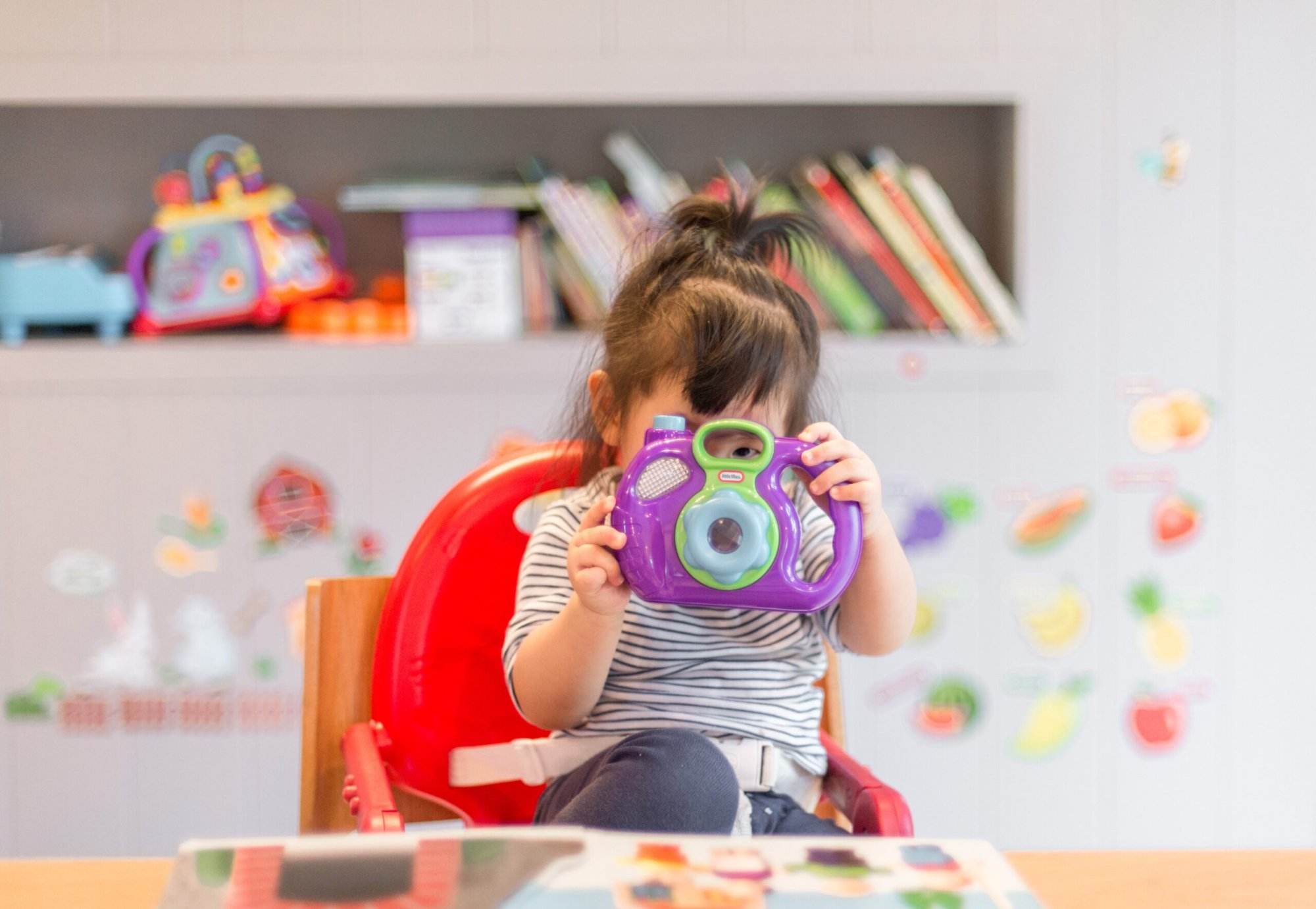
Guidelines for Using the Car Seat In-flight
Observe the Seat Usage Rules
Once you have installed the car seat on the plane, it’s important to observe the seat usage rules throughout the flight. This includes following the instructions given by the flight attendants and adhering to the airline’s guidelines. Keep your baby properly secured in the car seat at all times and ensure that the harness straps are correctly fastened. Avoid adjusting the car seat or removing your baby from it unless necessary. By following these rules, you can ensure a safe and comfortable flight for both you and your baby.
Secure Your Baby Properly
Securing your baby properly in the car seat is of utmost importance for their safety during the flight. Make sure that the harness straps are snug but not overly tight. The chest clip should be positioned at armpit level, and the straps should lie flat against your baby’s chest without any twists or gaps. Remember to remove any bulky clothing or blankets that could interfere with the proper fit of the harness. Taking the time to secure your baby correctly will give you peace of mind throughout the journey.
Address Concerns to the Cabin Crew
If you have any concerns or questions during the flight regarding the car seat or your baby’s safety, don’t hesitate to approach the cabin crew. Flight attendants are trained to handle various situations and can provide you with the necessary assistance and guidance. Whether you need help adjusting the harness, have questions about the car seat’s installation, or simply want reassurance, the cabin crew is there to support you. They want to ensure the comfort and safety of all passengers, so never hesitate to reach out if you need assistance.
Entertaining and Calming Your Baby
Bring Toys and Activities
Flying with a baby can be challenging, but there are ways to keep them entertained and engaged during the flight. Pack a variety of age-appropriate toys and activities that can captivate your baby’s attention. Soft toys, rattles, and interactive books are great options to keep them engaged. Additionally, consider downloading apps or videos specifically designed for babies and toddlers. These can offer a dose of entertainment and distraction when needed. Having a variety of toys and activities at hand will help keep your baby happy and occupied throughout the journey.
Comfortable Clothing and Blankets
Comfort plays a significant role in keeping your baby calm and content during the flight. Dress your baby in comfortable, breathable clothing that allows for ease of movement. Layering is key, as aircraft cabins can sometimes be cooler than expected. Pack a cozy blanket or swaddle to keep your baby warm and snuggled during the flight. Creating a comfortable environment contributes to a more pleasant experience for both you and your baby.
Use Soothing Techniques
Babies can become fussy or agitated during a flight, especially if they are uncomfortable or overtired. Employ soothing techniques to help calm your baby and create a sense of relaxation. Gentle rocking, soft singing, or playing calming music can work wonders in soothing a distressed baby. Depending on your baby’s preferences, you may also find that the hum of the plane or the motion of the flight itself can be soothing to them. Experiment with different techniques and find what works best for your little one.
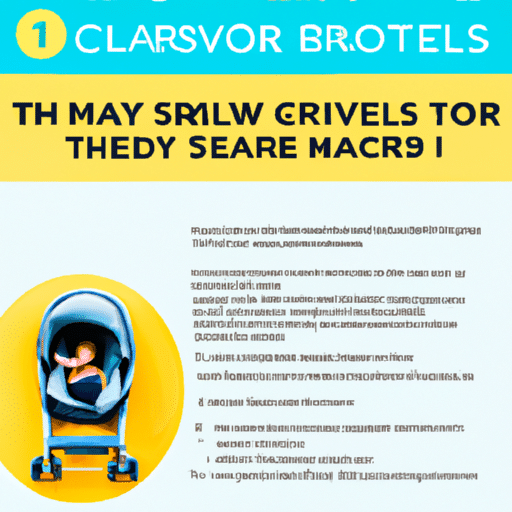
Dealing with Challenges and Crying
Handle Ear Pressure Changes
Changes in air pressure during takeoff and landing can cause discomfort for babies, leading to crying or fussiness. To help alleviate their discomfort, encourage your baby to suck on a pacifier, bottle, or breastfeed during these times. The sucking motion helps equalize the pressure in their ears and can provide relief. If your baby is too young to do any of these, gently rubbing their ears or offering a soothing voice can also provide comfort. Being prepared for potential ear pressure changes can go a long way in preventing unnecessary distress for your baby.
Address Diaper Changes and Feeding
Timing diaper changes and feeding during the flight is essential for your baby’s comfort and well-being. Plan ahead and make sure to check and change your baby’s diaper before boarding the plane. Additionally, be prepared to handle diaper changes during the flight if needed. Some airplane lavatories are equipped with changing tables, but it’s always a good idea to bring a portable changing mat or pad just in case. Similarly, ensure that you have everything you need for feeding your baby readily accessible, whether it’s a bottle, breastfeeding cover, or baby food. By addressing diaper changes and feeding promptly, you can prevent unnecessary discomfort and keep your baby content.
Seek Help and Support
Flying with a baby can be overwhelming, and there may be times when you need help or support. Don’t hesitate to seek assistance from the cabin crew or fellow passengers. Flight attendants are accustomed to assisting parents and can provide guidance or even hold your baby momentarily if needed. Fellow passengers, especially those with children themselves, understand the challenges of traveling with a baby and may be willing to lend a hand or offer words of encouragement. Remember, you’re not alone, and accepting help when needed can make the journey less stressful for everyone involved.
Tips for a Smooth Flight Experience
Stay Calm and Prepared
Traveling with a baby, especially for the first time, can be nerve-wracking. However, it’s important to stay calm and prepared to ensure a smooth flight experience. Take the time to plan and organize everything in advance, from booking your baby’s seat to packing all the necessary items. Being prepared minimizes stress and gives you a greater sense of control. Remember that babies can sense their parents’ emotions, so maintaining a calm and positive demeanor will help keep them at ease as well.
Engage with Other Passengers
Interacting with other passengers can significantly contribute to a positive flight experience. Smile, say hello, and strike up friendly conversations with those seated near you. Many people are understanding and sympathetic toward parents traveling with a baby, and engaging with others can create a sense of community. Additionally, connecting with fellow passengers can offer a distraction for your baby and help make the flight more enjoyable for everyone involved.
Enjoy the Flight with Your Baby
Lastly, remember that flying with your baby is an opportunity for bonding and creating lasting memories. Embrace the experience and savor the precious time spent with your little one. Enjoy the small moments, such as your baby’s fascination with the view from the window or their delight in discovering new toys. Take plenty of pictures and document the journey to cherish and share with your child as they grow older. Flying with a baby may have its challenges, but focusing on the joy and wonder of the experience can make it a truly memorable adventure for both of you.
